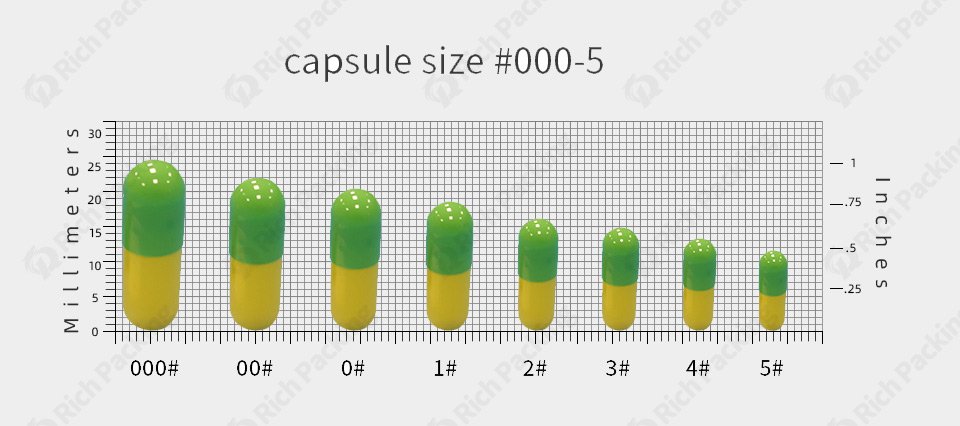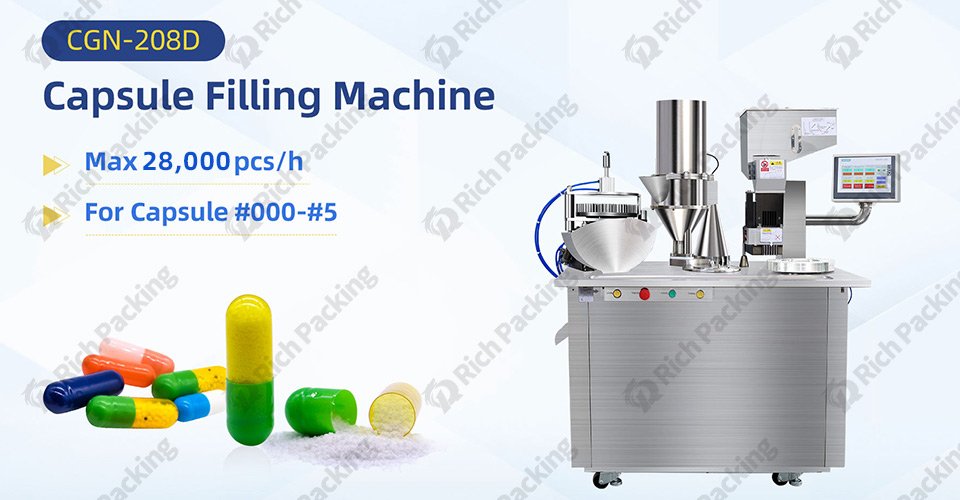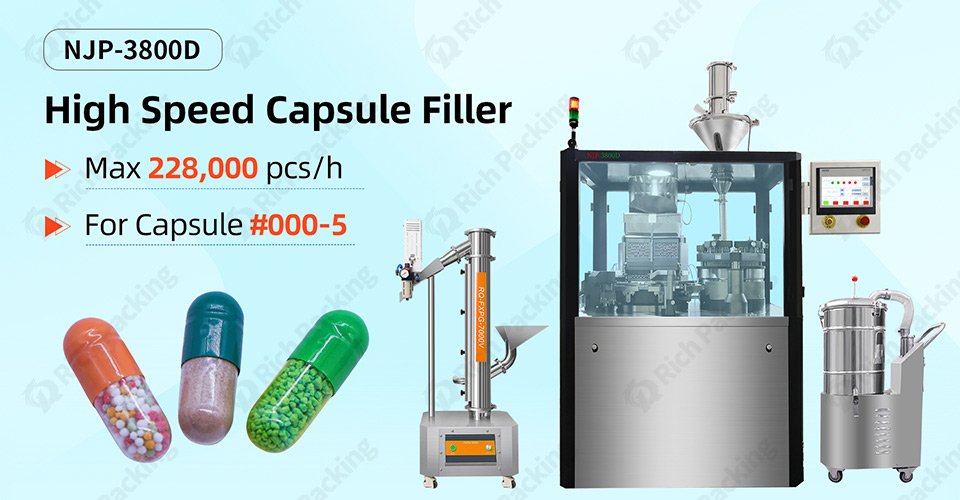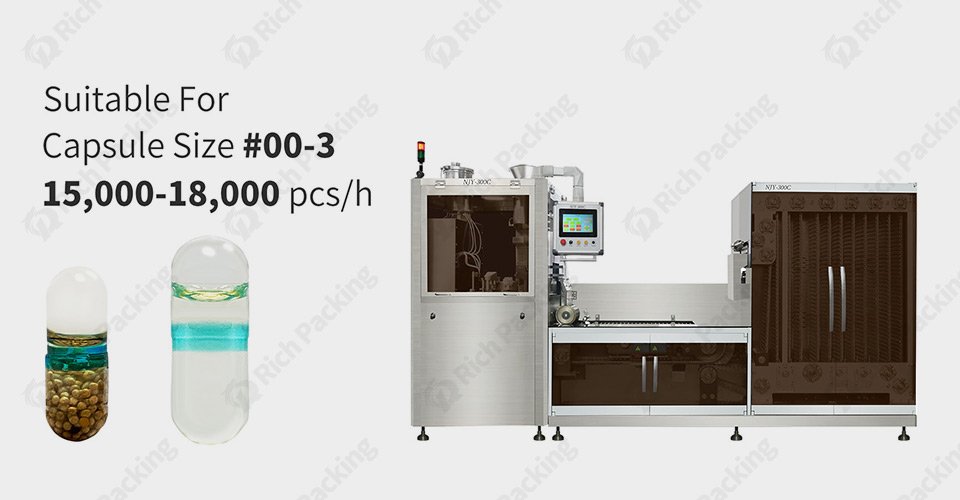Вы когда-нибудь задумывались, как эти крошечные капсулы, содержащие ваши ежедневные добавки или лекарства, заполняются с такой точностью? Мир наполнения капсул — это увлекательное сочетание науки, технологий и изобретательности. От ручных методов, используемых на небольших предприятиях, до высокотехнологичных автоматизированных систем фармацевтических гигантов — процесс наполнения капсул гораздо сложнее и разнообразнее, чем вы можете себе представить. Присоединяйтесь к нам, чтобы изучить различные методы наполнения капсул и определить, какой подход может подойти именно вам.
Прежде чем углубляться в различные методы наполнения, важно понять основы устройства самих капсул. Капсулы обычно изготавливаются из желатина или целлюлозы и состоят из двух частей: корпуса (более длинной части) и крышечки (более короткой части). Они доступны в разных размерах, обычно пронумерованных от 000 (самый большой) до 5 (самый маленький), причём размеры 0 и 00 наиболее распространены для пищевых добавок.
Размеры капсул имеют решающее значение для определения подходящего метода наполнения и оборудования. Ниже представлен краткий обзор распространённых размеров капсул и их типичных применений:
- Размер 000: самый большой размер, используется для объемных порошков или нескольких таблеток.
- Размер 00: обычно используется для добавок и лекарств с большими дозировками.
- Размер 0: широко используется для добавок и лекарств.
- Размер 1 и 2: часто используется для антибиотиков и добавок в меньших дозах.
- Размер 3 и 4: обычно используется для масел и лекарств в низких дозах.
- Размер 5: наименьший стандартный размер, используется для лекарств в очень низких дозах или детских лекарств.
Теперь, когда вы знакомы с основами капсул, давайте рассмотрим различные доступные методы их наполнения.

Ручное наполнение капсул — самый простой метод, который часто используется в мелкосерийном производстве или при создании индивидуальных рецептур. Вот как это работает:
1. Разделите капсулы на корпус и крышечку.
2. Поместите корпуса капсул в поддон с отверстиями, размер которых соответствует размеру капсул.
3. Наполните каждую капсулу порошком или содержимым с помощью небольшой ложки или шпателя.
4. Утрамбуйте порошок, чтобы обеспечить равномерное заполнение.
5. Установите крышки обратно на заполненные корпуса и прижмите, чтобы запечатать.
Несмотря на то, что этот метод занимает много времени, он позволяет точно контролировать процесс наполнения и идеально подходит для небольших партий или при работе с дорогостоящими ингредиентами. Его часто используют аптеки, специализирующиеся на изготовлении лекарственных средств, фитотерапевты и небольшие производители пищевых добавок.
- Низкие первоначальные инвестиции
- Подходит для небольших партий
- Позволяет создавать индивидуальные рецептуры
- Кропотливый
- Трудоемкий
- Возможность человеческой ошибки
Полуавтоматическая машина для наполнения капсул, разделение капсул, наполнение порошком и закрытие капсул обеспечивают механическую автоматизацию, полностью ручное управление на каждом этапе процесса, что значительно повышает производительность и снижает трудозатраты. Вот как они работают:
1. Загрузите пустые капсулы в лоток машины.
2. Машина разделяет корпуса капсул и крышки.
3. Заполните емкость для порошка вашим продуктом.
4. Машина дозирует порошок в каждую капсулу в заданном количестве.
5. При желании можно добавить этап трамбовки для уплотнения порошка.
6. Машина снова прикрепляет крышки к заполненным корпусам.
7. Готовые капсулы выбрасываются из машины.
Полуавтоматические машины доступны в различных размерах и способны наполнять от 100 до 5000 капсул за цикл. Они отлично подходят для средних производств или компаний, стремящихся к масштабированию с ручного наполнения.
Здесь мы используем Полуавтоматическая машина для наполнения капсул CGN-208 Например, богатая упаковка. Производительность этого оборудования достигает 28 000 шт./ч, что более чем в 90 раз превышает производительность 100–300 шт./ч при ручном наполнении. Это позволяет значительно сэкономить трудозатраты и время, а также повысить эффективность производства.

Плюсы:
- Увеличение скорости производства по сравнению с ручным заполнением
- Более стабильные веса наполнителей
- Подходит для среднесерийного производства
- Более высокие первоначальные инвестиции, чем при ручном методе
- Для эффективной работы может потребоваться некоторое обучение.
- Менее гибкое, чем ручное наполнение для индивидуальных рецептур
Автоматическая машина для изготовления капсул производительностью до 468000 шт./ч, подходит для массового производства, с вакуумным дозатором порошка и дозатором полых капсул позволяет добиться производства без ручного вмешательства. Вот упрощенный обзор процесса:
1. Пустые капсулы загружаются в бункер.
2. Машина ориентирует и разделяет капсулы.
3. Корпуса капсул располагаются в зоне наполнения.
4. Порошок или содержимое точно дозируется в корпус каждой капсулы.
5. Капсулы опционально трамбуются для обеспечения равномерной плотности.
6. Синхронизируйте крышку капсулы с заполненным корпусом клапана.
7. Зафиксируйте комбинацию крышки и корпуса капсулы, чтобы они автоматически выскочили и собрались.
8. Контроль качества, проверка качества по весу, внешнему виду и обнаружению металла.
Полностью автоматизированные машины могут работать с широким диапазоном размеров капсул и материалов наполнения, включая порошки, частицы, жидкости и даже их комбинации. Возможность добавления механизма наполнения и модернизации программы ПЛК с помощью поворотного стола для повторного наполнения позволяет добиться эффекта сочетания различных материалов, что подходит для использования специальных рецептур. Передовые в мире полностью автоматизированные машины для наполнения капсул также оснащены такими расширенными функциями, как проверка веса, обнаружение металлических включений и автоматическое удаление дефектных капсул, а также подключение производственных данных к сервисным терминалам в режиме реального времени.
Такие как Rich Packing NJP-3800D Автоматическая машина для наполнения капсул , может наполнять капсулы различных типов, таких как № 000–5, порошком, частицами, жидкостью или комбинированными материалами, имеет функцию автоматического удаления отходов, производительность достигает 228 000 шт./ч. Это идеальный выбор для массового производства капсул для лекарственных препаратов в фармацевтической и медицинской промышленности.

Плюсы:
- Высокая скорость производства (до 228 000 капсул в час)
- Постоянный вес и качество наполнения
- Снижение затрат на рабочую силу
- Подходит для крупномасштабного производства
- Высокие первоначальные инвестиции
- Требуются квалифицированные операторы и обслуживающий персонал
- Менее гибкие для небольших партий или частой смены рецептуры
Хотя наиболее распространенным методом является наполнение порошком, жидкая начинка Также широко используется, особенно в фармацевтической промышленности. Существует несколько подходов к наполнению капсул жидкостью:
1. Термогерметизация: жидкость заливается в корпус капсулы, а крышка запечатывается с помощью нагревания.
2. Бандажирование: После заполнения на место соединения капсулы накладывается желатиновая лента, чтобы предотвратить утечку.
3. Жидкостная инкапсуляция: вся капсула формируется вокруг жидкого содержимого за один этап.
Машины для розлива жидкостей могут быть полуавтоматическими или полностью автоматическими, в зависимости от масштаба производства. Они требуют тщательного контроля температуры и точного дозирования для обеспечения равномерного объёма розлива и предотвращения утечек.

Методы наполнения гранул
Наполнение пеллет — ещё один специализированный метод, часто используемый для составов с контролируемым высвобождением. Для наполнения пеллет используются два основных подхода:
1. Гравиметрическое наполнение: гранулы дозируются по весу в каждую капсулу.
2. Объемное наполнение: в каждую капсулу помещается определенный объем гранул.
Машины для наполнения пеллет часто оснащены функциями, предотвращающими разрушение пеллет и обеспечивающими равномерное распределение внутри капсулы.
Выбор подходящего метода наполнения капсул зависит от нескольких факторов:
1. Объем производства: ручное — для небольших партий, полуавтоматическое — для средних и полностью автоматическое — для крупносерийного производства.
2. Характеристики продукта: порошкообразные, жидкие или гранулированные составы требуют различных подходов к наполнению.
3. Размер и тип капсул: убедитесь, что выбранный вами метод соответствует конкретным требованиям к капсулам.
4. Бюджет: учитывайте как первоначальные инвестиции, так и долгосрочные эксплуатационные расходы.
5. Гибкость: если вы часто меняете рецептуры, более гибкий метод может оказаться предпочтительным.
6. Требования к контролю качества: автоматизированные системы часто обеспечивают более последовательные результаты и встроенные проверки качества.
7. Соответствие нормативным требованиям: убедитесь, что выбранный метод соответствует действующим отраслевым стандартам и нормам.
По мере развития технологий новые инновации формируют будущее наполнения капсул:
1. Капсулы, напечатанные на 3D-принтере: капсулы индивидуальной формы для уникальных рецептур или брендинга.
2. Умные капсулы: оснащены датчиками для целенаправленной доставки или мониторинга лекарств.
3. Роботизированные системы: повышение автоматизации и гибкости процессов наполнения капсул.
4. ИИ и машинное обучение: оптимизация весов заполнения и обнаружение потенциальных проблем в режиме реального времени.
5. Непрерывное производство: отказ от серийного производства для повышения эффективности.
Как вы уже убедились, наполнение капсул — это разнообразная и развивающаяся область, предлагающая решения для любых задач: от разработки небольших индивидуальных рецептур до крупносерийного фармацевтического производства. Понимание различных доступных методов поможет вам выбрать оптимальный подход, отвечающий вашим потребностям. Независимо от того, являетесь ли вы небольшим производителем добавок или крупной фармацевтической компанией, мир наполнения капсул продолжает развиваться, обещая ещё более эффективные и точные решения в будущем.